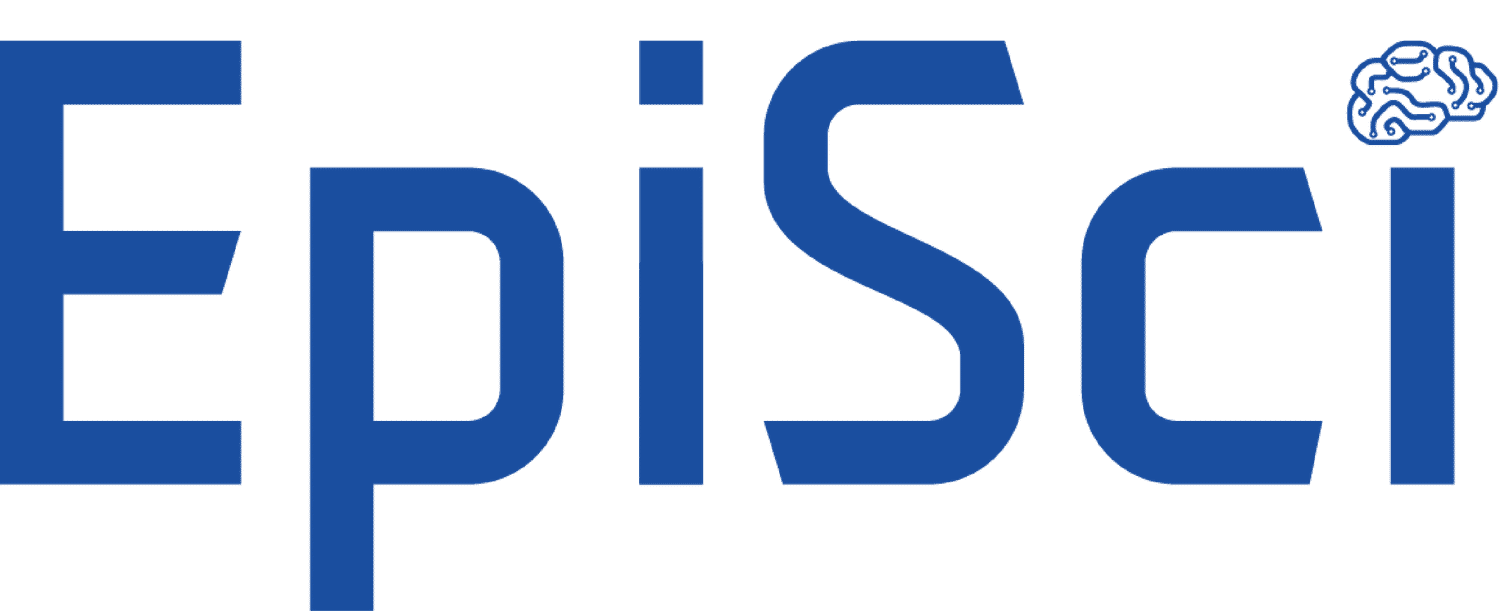EpiSci · 3 days ago
Autonomy Engineer - Clearance Eligible - (Remote)
AerospaceArtificial Intelligence (AI)
Insider Connection @EpiSci
Get 3x more responses when you reach out via email instead of LinkedIn.
Responsibilities
Write software that operates real autonomous aircraft systems including F16 fighter jets, group 1-5 unmanned aerial vehicles (UAVs), as well as simulated models to accomplish tactical military missions.
Implement, leverage and improve state-of-the-art unmanned aerial system (UAS) autonomy algorithms for the following autonomy categories to perform tactical military missions:
Autonomy loops such as: "Sense, Make Sense, Decide, Act (SMDA)", "Observe, Orient, Decide, Act (OODA)" loops., "Perceive, Decide, Act’ (PDA)" loops.
Sense: Environment sensing and modeling, computer vision, sensor processing, classification, anomaly detection.
Make Sense: Environment mapping, data interpretation, 3D voxel grids, GeoGrids, WGS84, aerospace coordinate systems and reference frames (northeast down (NED), Geocentri & Geodetic latitudes, Earth-centered-inertial (ECI), earth centered earth fixed (ECEF)), no fly zones, keep-in/keep-out zones. Sensor fusion and target tracking, etc. Find, fix, track, target (F2T2).
Decide: State machines, behavior trees, optimization algorithms, constraint solving, classic algorithms (A*, RRT*, DFS, BFS, Branch & Bound, Random Forests), heuristics, optimization, Kalman filters, particle filters, etc. Artificial intelligence techniques such as deep reinforcement learning, reinforcement learning, machine learning, neural networks, supervised learning, unsupervised learning, generic algorithms, Bayesian networks, fuzzy logic, etc.
Act: Autonomous 2D & 3D UAS trajectory/motion planning, route planning, SLAM. Classical controls systems, optimal control systems, adaptive control systems, model predictive control systems, especially for integration of 3rd party UAS autopilots. Guidance, navigation, and controls (GNC)
Build, leverage, and improve robotic autonomy software architectures that can be deployed on real systems to accomplish military missions
Support live flight test of autonomy software on platforms such as F16s, and F16s, group 1-5 unmanned aerial vehicles (UAVs).
Collaborate with 3rd party UAS vehicle vendors on the integration of EpiSci autonomy software onto OEM UAS hardware.
Collaborate with domain experts and prior DoD warfighters (ex. DoD fighter pilots) to build software autonomy solutions for military missions.
Qualification
Find out how your skills align with this job's requirements. If anything seems off, you can easily click on the tags to select or unselect skills to reflect your actual expertise.
Required
Master’s degree in computer science/related engineering field.
6+ years of hands-on experience developing software for autonomous robotic systems.
Experience in developing software for autonomous robotic systems.
High proficiency in Python programming language.
Strong functional, procedural, data-oriented, and object-oriented programming experience employing clean code principles and good design patterns/principles.
Ability to use data visualization and debugging tools to support autonomous agent development.
Experience developing in Docker and containerized development environments, and using Linux-based operating systems (e.g., RHEL, Ubuntu).
Experience using git, Visual Studio Code, GitLab and artifact registries such as Artifactory.
Passion for solving complex problems with little supervision in a fast-moving team.
Ability to balance multiple priorities in a fast-paced, highly collaborative, frequently changing, and sometimes ambiguous environment.
Excellent analytical, communication, and documentation skills with demonstrated ability to collaborate across multiple teams.
Must be willing to travel as projects requires. Estimated average travel is once every other month for between 2 days up to 1 week. (~20%)
Must be a U.S. Citizen.
Must be eligible for a U.S. SECRET security clearance with Special Access Program Eligibility.
Preferred
Master’s degree in computer science/related engineering field.
9+ years of experience developing software for autonomous robotic systems.
Proficiency in the Rust and C++ (version 17 and later) programming languages.
Experience working with defense modeling and simulation tools such as AFSIM and NGTS.
Experience working with mission system architecture frameworks such as OMS UCI.
Experience working with robotics architectures such as ROS.
Familiarity with software-in-the-loop (SIL) and hardware-in-the-loop (HIL) development and testing.
Experience working projects related to national security for one or more government agencies.
Interdisciplinary background, with evidence of continual learning.
An active U.S. SECRET security clearance with Special Access Program Eligibility.
Benefits
Full range of medical, financial, and/or other benefits
Company
EpiSci

EpiSci develops Tactical AI based trusted, hardware-agnostic, and rapidly portable autonomy solutions for unmanned/uncrewed UxV platforms.
Funding
Current Stage
Growth StageTotal Funding
unknown2024-06-13Acquired· by Merlin Labs
2023-04-20Seed· Undisclosed
Recent News
Washington Technology
2024-05-23
Company data provided by crunchbase